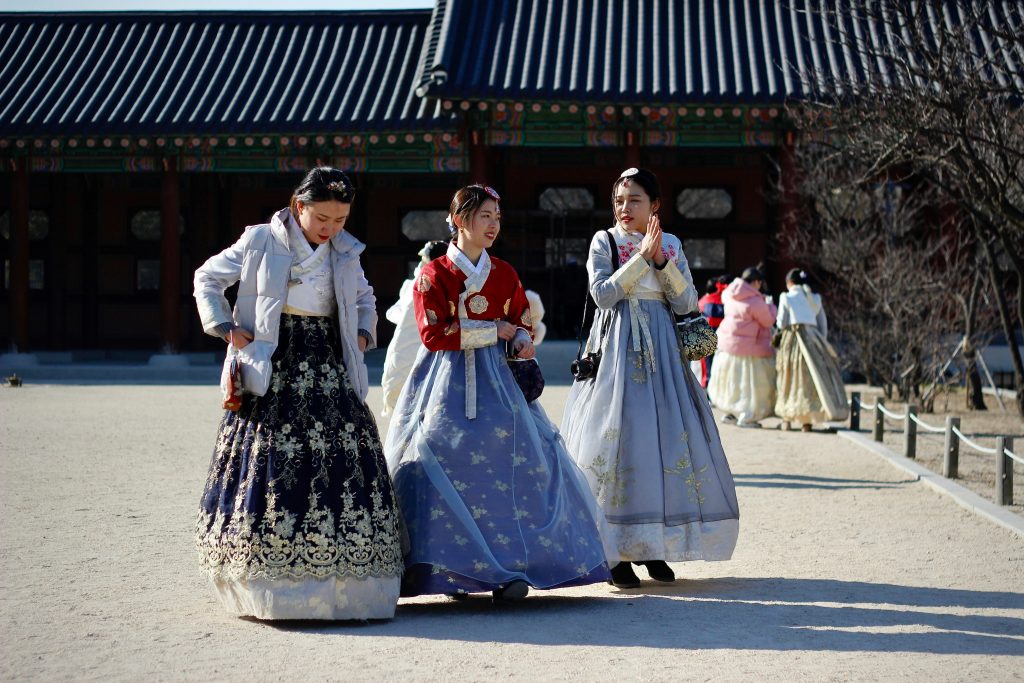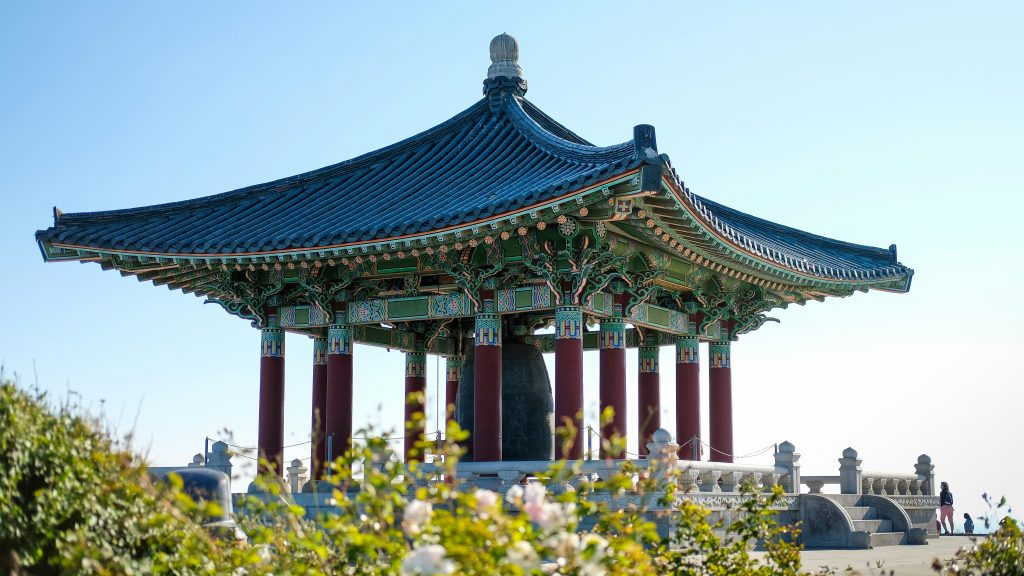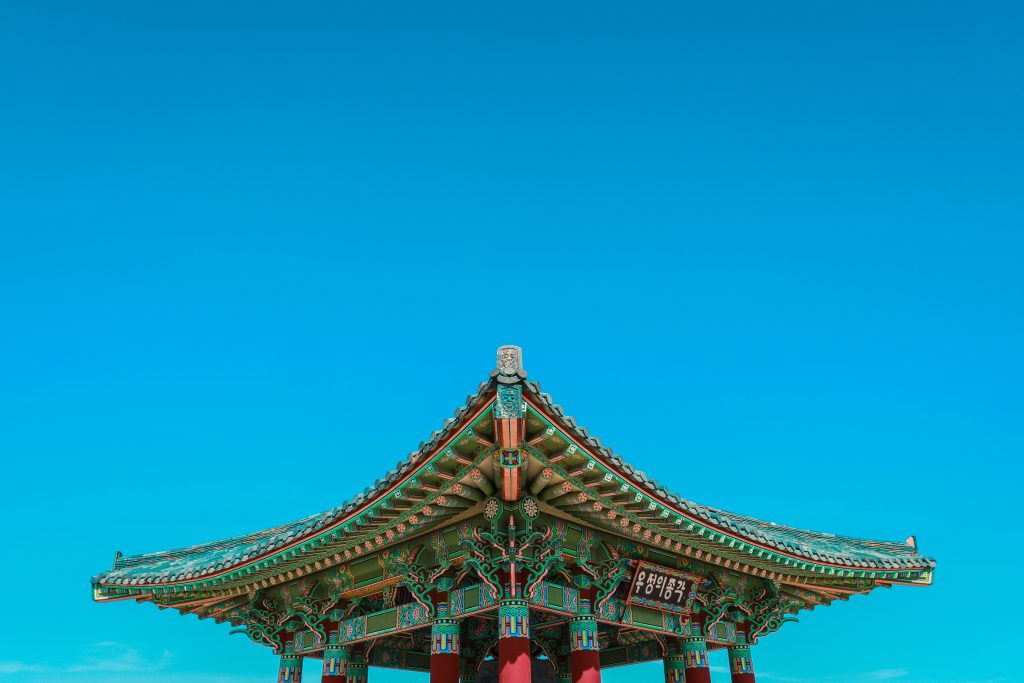The Enchantment of K-Dramas: A Deep Dive into the World of Korean Television Drama
Korean dramas, widely known as K-dramas, have carved out a significant niche in the global entertainment landscape, attracting audiences with their compelling narratives, emotional depth, and cultural authenticity. This article examines the history, defining characteristics, global appeal, and future potential of K-dramas, exploring why they continue to captivate viewers around the world. The Evolution of K-Dramas Early Beginnings The journey of K-dramas began in the early 1960s with the airing of South Korea’s first television drama, “The Gongsujeon” (1962). Initially characterized by straightforward storytelling and limited production resources, these early dramas laid the groundwork for the genre’s future development. The 1990s: A Golden Era The 1990s marked a transformative period for K-dramas, often referred to as their golden era. During this time, the industry saw the production of several influential series such as “Sandglass” (1995) and “Star in My Heart” (1997). These dramas were notable for their complex narratives and character-driven plots, which set new standards and attracted significant viewership, both domestically and internationally. The Hallyu Wave The turn of the 21st century saw the rise of the Hallyu Wave, or Korean Wave, a term used to describe the global proliferation of South Korean culture. Key dramas like “Winter Sonata” (2002) and “Full House” (2004) played pivotal roles in spreading Korean culture across Asia and beyond, cementing the international appeal of K-dramas. Defining Features of K-Dramas Emotional Storytelling K-dramas are renowned for their emotional storytelling, often delving into themes of love, loss, family, and personal growth. The characters are typically well-developed and relatable, allowing viewers to form deep emotional connections with the stories being told. Intricate Plots and Twists A hallmark of K-dramas is their intricate plots and unexpected twists. Writers skillfully craft multi-layered narratives that keep audiences engaged and guessing. This narrative complexity is a key factor in the enduring popularity of K-dramas, offering viewers a rich and immersive storytelling experience. High Production Quality The production quality of K-dramas has improved dramatically over the years. Modern K-dramas feature high-quality cinematography, detailed set designs, and meticulously crafted costumes, all of which contribute to a visually appealing and immersive viewing experience. Cultural Richness K-dramas often incorporate elements of South Korean culture, including traditional customs, societal norms, and contemporary issues. This cultural richness not only adds depth to the narratives but also provides international viewers with a window into Korean life and traditions. The Global Appeal of K-Dramas Accessibility via Streaming Platforms The advent of streaming platforms like Netflix, Viki, and Kocowa has made K-dramas more accessible to a global audience. Subtitles in multiple languages have bridged the language gap, allowing viewers from different linguistic backgrounds to enjoy these dramas. Diverse Genres K-dramas span a wide range of genres, from romantic comedies and historical epics to supernatural thrillers and crime dramas. This genre diversity ensures that there is something for everyone, appealing to a broad spectrum of tastes and preferences. Engaged Fan Communities The global fanbase of K-dramas is highly engaged and active. Fans participate in online discussions, create fan art, and share their enthusiasm on social media platforms. This vibrant community fosters a sense of belonging and shared passion, enhancing the overall viewing experience. Iconic K-Dramas and Their Cultural Impact “Winter Sonata” (2002) “Winter Sonata” is often credited with sparking the Hallyu Wave. Its heartfelt narrative and scenic winter landscapes captivated audiences, particularly in Japan, where it became a cultural phenomenon. The show’s success opened the door for other Korean cultural exports, highlighting the global potential of K-dramas. “Boys Over Flowers” (2009) Adapted from the Japanese manga “Hana Yori Dango,” “Boys Over Flowers” became an international sensation. Its blend of romance, drama, and humor, coupled with a dynamic cast, made it a beloved series worldwide. The show’s popularity demonstrated the widespread appeal of K-dramas and solidified their place in global pop culture. “Goblin” (2016) “Goblin,” also known as “Guardian: The Lonely and Great God,” is a fantasy romance that achieved remarkable success. Its unique storyline, high production values, and standout performances by actors like Gong Yoo and Kim Go-eun garnered widespread acclaim. “Goblin” showcased the creative potential of K-dramas and their ability to resonate deeply with audiences. The Future of K-Dramas Embracing Technological Advancements The future of K-dramas is likely to be shaped by technological advancements. Innovations in CGI, virtual reality, and augmented reality offer new possibilities for storytelling and audience engagement. These technologies can create more immersive and interactive viewing experiences, pushing the boundaries of traditional K-drama narratives. Expanding Global Collaborations As the international demand for K-dramas continues to grow, there is an increasing trend towards global collaborations. South Korean production companies are partnering with international streaming platforms and foreign studios to create content that appeals to a wider audience. This trend not only enhances the global visibility of K-dramas but also fosters cross-cultural exchange and creativity. Enhancing Diversity and Representation The K-drama industry is making strides towards greater diversity and representation. There is a growing recognition of the need to portray diverse characters and stories that reflect the experiences of marginalized communities. By embracing inclusivity, K-dramas can continue to resonate with a global audience and contribute to a more inclusive media landscape. Conclusion K-dramas have transcended cultural and geographical boundaries to become a global phenomenon. Their emotional depth, intricate storytelling, high production values, and cultural authenticity have captivated audiences worldwide. As the genre continues to evolve and innovate, its future looks bright, promising to deliver more compelling stories that resonate with viewers across the globe. Whether you are a long-time fan or new to the world of K-dramas, their magic and allure offer a rich tapestry of human experiences and emotions that keep us coming back for more.



